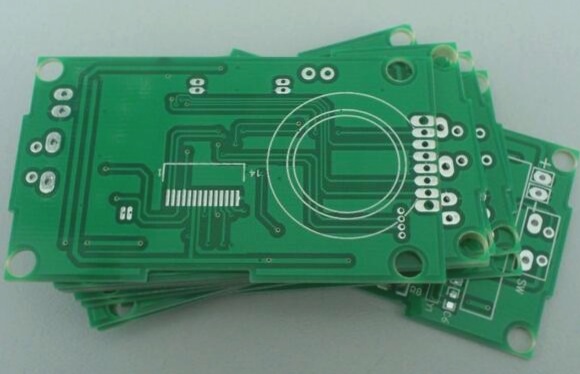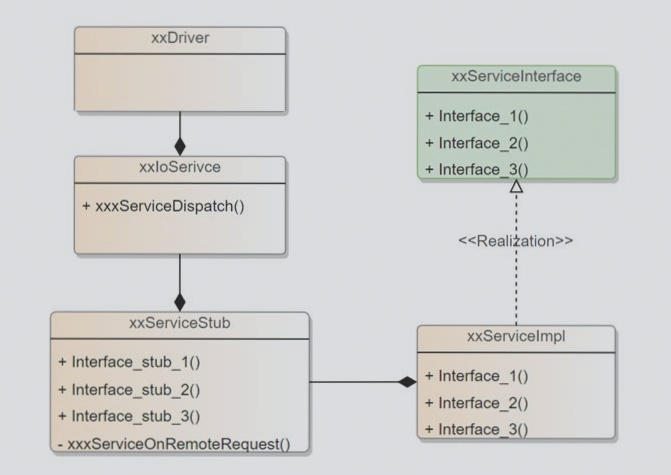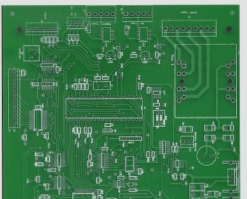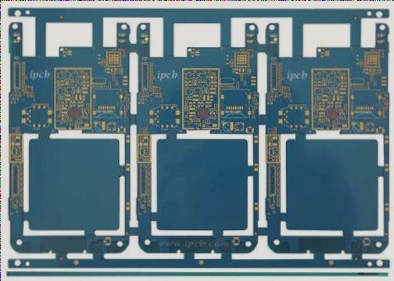FPC Manufacturing Process
- Almost all FPC manufacturing processes have traditionally used the subtractive method, starting with a copper-clad board and etching away excess copper to create the circuit conductor. However, this method has limitations for processing fine circuits due to issues like undercutting.
- As an effective alternative to the subtractive method, the semi-additive technique utilizes a polyimide film as the base material. Various semi-additive processes have been developed to address challenges in creating high-yield microcircuits.
- In the semi-additive process, a seeding layer is deposited on the polyimide base film, and a plating resist layer is created using photolithography. This method allows for the fabrication of ultra-fine circuits with a pitch of 5 µm and via holes of 10 µm.

Using the semi-additive method, multiple layers of circuits can be built up, with photosensitive polyimide resin playing a critical role in creating ultra-fine circuits.
Composing Material
Insulating Film
The insulating film acts as the base layer of the circuit, providing protection from dust and moisture, reducing stress during flexing, and insulating the circuit. It is bonded to copper foil and, in multi-layer designs, to inner layers.
Rigid components made from aluminum or stainless steel can be used in flexible circuits for dimensional stability, support, and stress relief, with an adhesive bonding them to the circuit. Adhesive layers may also be applied for environmental protection and insulation.
Conductor
Copper foil, commonly electrodeposited, is used as the conductive layer in flexible circuits. It is flexible, available in various thicknesses and widths, and exhibits both flexibility and rigidity, making it suitable for dynamic applications.
Adhesive
Adhesive is used to bond the insulating film to the conductive material, provide protective coatings, or serve as an encapsulating layer. Adhesive-free laminates offer increased flexibility, thermal conductivity, and thinner circuits compared to adhesive-based structures.
Basic Structure
- Copper Foil Substrate: Copper foil comes in electrolytic and rolled forms, with common thicknesses of 1 oz, 1/2 oz, and 1/3 oz.
- Substrate Film: Common thicknesses are 1 mil and 1/2 mil.
- Glue: Adhesive thickness is tailored to customer requirements.
Cover Film (Protection Film)
Cover Film, also known as Protection Film, is used for surface insulation in PCB manufacturing. It comes in common thicknesses of 1 mil and 1/2 mil, providing a protective layer for delicate components.
Release Paper
Release Paper is an essential component in PCB assembly as it prevents the adhesive from sticking to foreign objects before pressing. This ensures a clean and smooth application process.
Reinforcement Board
Reinforcement Board, also referred to as PI Stiffener Film, is used to enhance the mechanical strength of the Flexible Printed Circuit (FPC). It facilitates surface mounting and comes in common thicknesses ranging from 3 mil to 9 mil, providing structural support to the PCB.
EMI (Electromagnetic Shielding Film)
EMI, or Electromagnetic Shielding Film, is designed to protect the circuit from external interference, especially in areas with strong electromagnetic fields or high susceptibility to interference. It ensures the stability and reliability of the PCB in various operating environments.



